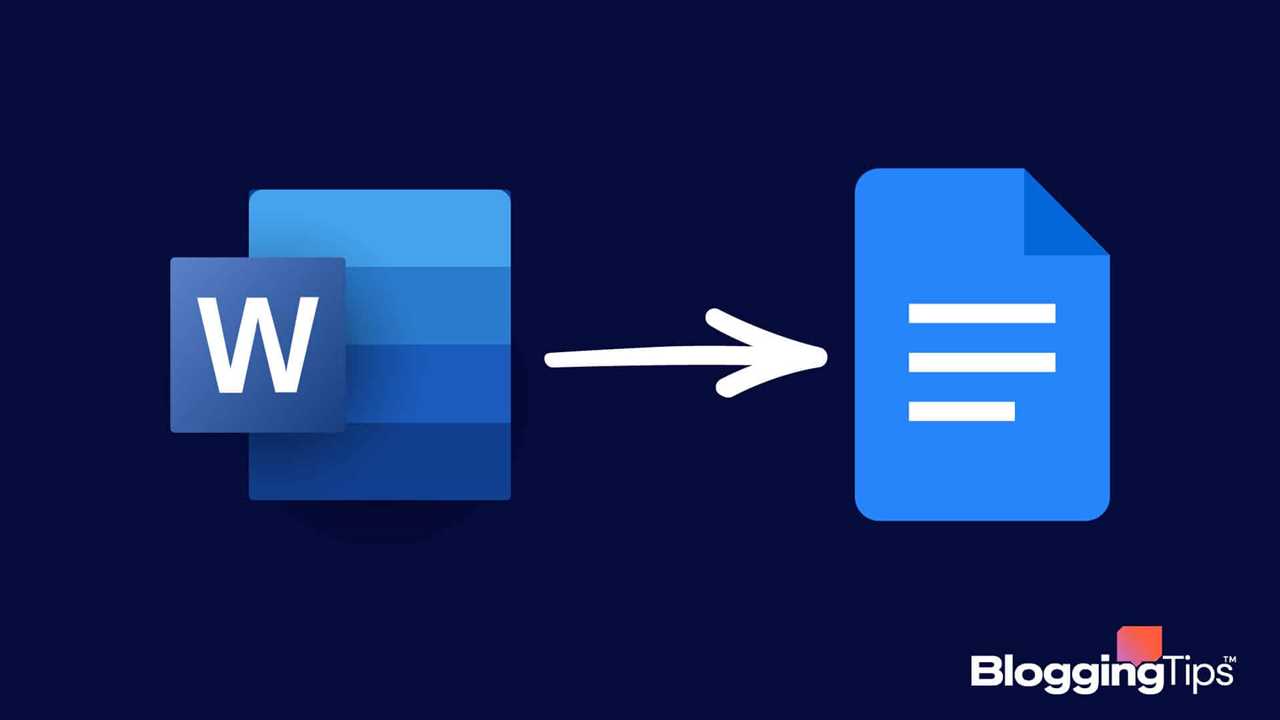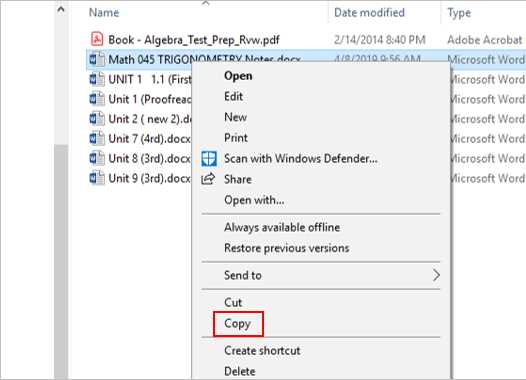
Microsoft Word is a powerful software that has revolutionized the way we create and edit documents. Whether you are a student, a professional, or just someone who needs to write a letter, Microsoft Word provides all the tools you need to produce high-quality documents.
One of the most useful features of Microsoft Word is its spellcheck function. With just a click of a button, you can ensure that your document is free from spelling errors. This not only saves you time but also helps you maintain a professional image.
Microsoft Word also offers a wide range of editing options. You can easily cut, copy, and paste text, as well as format it to suit your needs. Whether you want to change the font, adjust the spacing, or add bullet points, Microsoft Word makes it easy to customize your document.
In addition to its editing capabilities, Microsoft Word also allows for collaboration. You can easily share your document with others and work on it together in real-time. This is especially useful for group projects or when you need input from multiple people.
Another great feature of Microsoft Word is its vast collection of templates. Whether you need to create a resume, a flyer, or a business letter, there is a template available to suit your needs. These templates not only save you time but also ensure that your document looks professional and polished.
Lastly, Microsoft Word offers a wide range of formatting options. You can easily adjust the margins, align text, and add headers and footers. With just a few clicks, you can transform a plain document into a visually appealing masterpiece.
In conclusion, Microsoft Word is a comprehensive word processing software that offers a wide range of features to help you create, edit, and format documents. Whether you are a beginner or an advanced user, Microsoft Word has something to offer. So why wait? Start using Microsoft Word today and experience the power of efficient and professional document creation.
Section 1: Getting Started with Microsoft Word
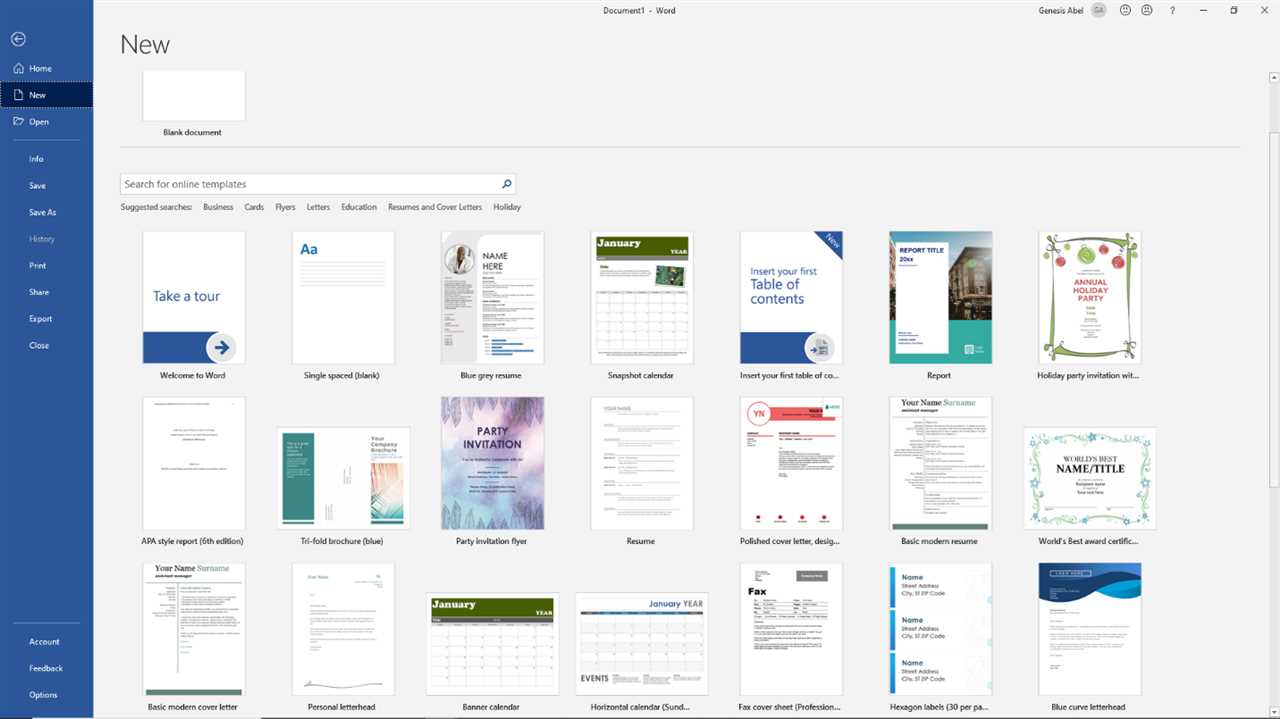
Microsoft Word is a powerful word processing software that allows you to create, edit, and format documents. Whether you are writing a letter, creating a resume, or working on a research paper, Word provides a wide range of features to help you produce professional-looking documents.
When you first open Microsoft Word, you will be greeted with a blank document. This is where you can start typing and creating your content. Word offers various editing tools, such as copy, paste, cut, and undo, to help you make changes to your document easily.
Formatting is an essential aspect of creating visually appealing documents. With Microsoft Word, you can format your text by changing the font, size, color, and style. You can also add headings, bullet points, and numbered lists to organize your content effectively.
Microsoft Word provides a wide range of templates that you can use to create different types of documents. Whether you need to create a flyer, a brochure, or a business letter, you can find a template that suits your needs. Templates save you time and effort by providing a pre-designed layout that you can customize with your own content.
Collaboration is made easy with Microsoft Word. You can share your documents with others and work on them simultaneously. This allows for real-time collaboration, where multiple users can make changes to the document at the same time. Word also offers features like track changes and comments, which make it easy to review and incorporate feedback from others.
One of the most useful features of Microsoft Word is the spellcheck. It automatically checks your document for spelling and grammar errors, helping you produce error-free content. You can also customize the spellcheck settings to suit your preferences.
In conclusion, Microsoft Word is a versatile software that offers a wide range of features for creating, editing, and formatting documents. Whether you are a student, a professional, or a casual user, Word provides the tools you need to produce high-quality documents efficiently.
Installing Microsoft Word

Microsoft Word is a powerful word processing software that allows for collaboration, editing, and formatting of documents. Installing Microsoft Word is a straightforward process that can be done in a few simple steps.
Before installing Microsoft Word, make sure your computer meets the system requirements for the software. These requirements can typically be found on the Microsoft website or in the software’s documentation.
To install Microsoft Word, follow these steps:
- Insert the Microsoft Word installation disc into your computer’s CD/DVD drive, or download the software from the official Microsoft website.
- Run the installation file and follow the on-screen instructions. You may be prompted to enter a product key, which can be found on the installation disc or in the email confirmation if you downloaded the software.
- Choose the installation location for Microsoft Word. The default location is usually in the “Program Files” folder on your computer’s hard drive.
- Select any additional features or options you would like to install with Microsoft Word, such as templates or language packs.
- Click “Install” to begin the installation process. This may take a few minutes.
- Once the installation is complete, you can launch Microsoft Word from the Start menu or desktop shortcut.
After installing Microsoft Word, you can start creating and editing documents. The software offers a wide range of features and tools for formatting text, adding images, creating tables, and more. You can also collaborate with others by sharing documents and using the built-in collaboration features.
Overall, installing Microsoft Word is a simple process that allows you to take advantage of the software’s powerful word processing capabilities. Whether you need to create professional documents, write essays, or collaborate on projects, Microsoft Word is a valuable tool for any user.
Navigating the Microsoft Word Interface

Microsoft Word is a powerful word processing software that allows users to create and edit documents with ease. Understanding how to navigate the Microsoft Word interface is essential for efficient document creation and formatting.
When you open Microsoft Word, you will be greeted with a blank document. The interface consists of several key elements:
- Title Bar: The title bar displays the name of the document and the Microsoft Word logo.
- Ribbon: The ribbon is located at the top of the window and contains tabs, such as Home, Insert, and Page Layout. Each tab contains various commands and tools for formatting and editing your document.
- Quick Access Toolbar: The quick access toolbar is located above the ribbon and provides quick access to commonly used commands, such as Save, Undo, and Redo.
- Document Area: The document area is where you create and edit your document. It displays the text and formatting of your document.
- Status Bar: The status bar is located at the bottom of the window and displays information about your document, such as the page number, word count, and spellcheck status.
In addition to these key elements, Microsoft Word also offers various features for collaboration and document creation:
- Collaboration: Microsoft Word allows multiple users to collaborate on a document simultaneously. Users can track changes, leave comments, and work together in real-time.
- Templates: Microsoft Word provides a wide range of templates for different types of documents, such as resumes, letters, and reports. These templates can save you time and help you create professional-looking documents.
By familiarizing yourself with the Microsoft Word interface and its features, you can effectively navigate the software, format your documents, and take advantage of its powerful tools for efficient word processing.
Creating and Saving a New Document
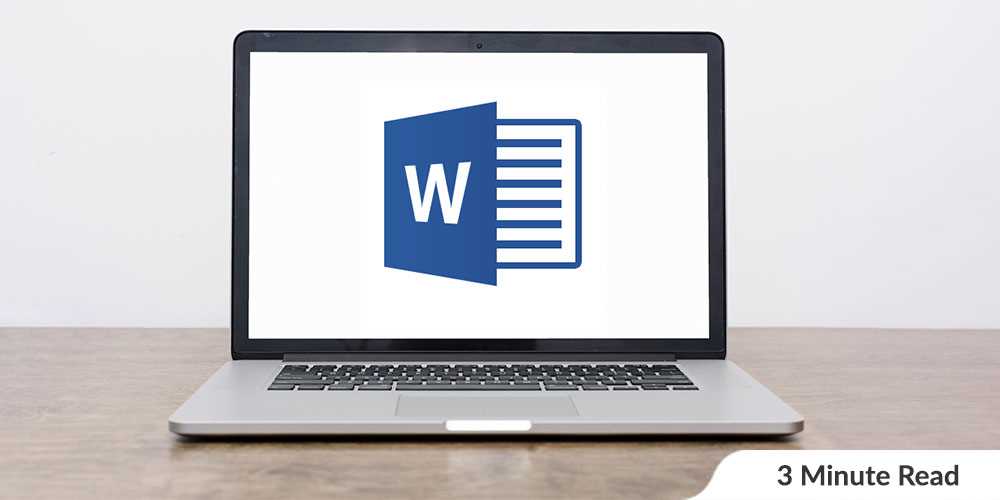
Microsoft Word is a powerful word processing software that allows you to create and format documents with ease. Whether you’re writing a letter, a report, or a resume, Word provides a wide range of tools and features to help you get the job done.
To create a new document in Word, simply open the software and click on the “Blank Document” option. This will open a new, empty document where you can start typing your content.
Word offers a variety of formatting options to make your document look professional and visually appealing. You can change the font style, size, and color, as well as apply bold, italic, or underline formatting. Additionally, you can add headers, footers, and page numbers to your document.
Collaboration is made easy with Word’s sharing and editing features. You can invite others to collaborate on your document, allowing them to make changes and leave comments. This makes it convenient for team projects or when seeking feedback from others.
Word also provides a selection of templates to help you get started on your document. Whether you need a resume template, a business letter template, or a flyer template, Word has you covered. Simply choose a template that suits your needs and customize it to fit your content.
Another useful feature of Word is its spellcheck functionality. As you type, Word automatically checks your spelling and underlines any errors. You can then right-click on the underlined word to see suggested corrections. This ensures that your document is free of spelling mistakes.
Once you have finished creating and formatting your document, it’s important to save it. Click on the “File” tab and select “Save As” to choose a location on your computer to save the document. You can also give it a name and select the file format, such as .docx or .pdf. Saving your document regularly ensures that you don’t lose any of your hard work.
In conclusion, Microsoft Word is a versatile and user-friendly word processing software that offers a wide range of features for creating and formatting documents. Whether you’re working on a personal project or collaborating with others, Word provides the tools you need to create professional-looking documents.
Section 2: Essential Features of Microsoft Word
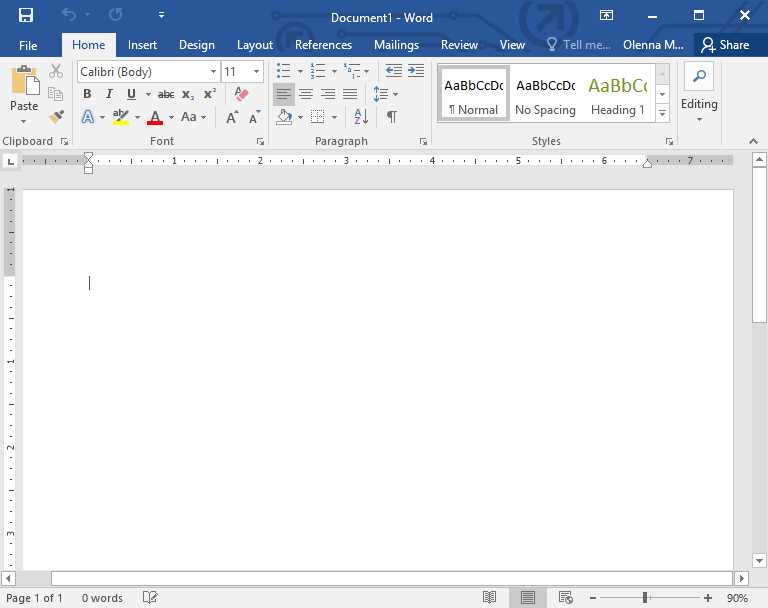
Microsoft Word is a powerful word processing software that offers a wide range of essential features for creating and editing documents. These features make it easier to format and organize your content, collaborate with others, and ensure accuracy in your writing.
One of the key features of Microsoft Word is its editing capabilities. With Word, you can easily make changes to your document, such as adding or deleting text, rearranging paragraphs, and inserting images or tables. The intuitive interface and familiar toolbar make it simple to navigate and edit your document efficiently.
Templates are another essential feature of Microsoft Word. Templates provide pre-designed layouts for various types of documents, such as resumes, letters, and reports. By using templates, you can save time and effort by starting with a professionally designed format and customizing it to fit your needs.
Word also offers a wide range of formatting options to enhance the appearance of your document. You can change fonts, adjust font sizes, apply different styles, and add colors to make your text stand out. Additionally, you can format paragraphs, create bulleted or numbered lists, and adjust margins and spacing to improve readability.
Spellcheck is a crucial feature in Microsoft Word that helps ensure the accuracy of your writing. It automatically checks your document for spelling and grammar errors, underlining any mistakes and offering suggestions for corrections. This feature is especially useful for catching typos and grammatical errors that may go unnoticed during the writing process.
Collaboration is made easy with Microsoft Word. You can share your document with others and work on it simultaneously, making real-time changes and edits. The software also allows you to track changes, add comments, and compare different versions of the document, making it simple to collaborate with colleagues or receive feedback from others.
In conclusion, Microsoft Word is a comprehensive word processing software that offers essential features for editing, formatting, spellcheck, collaboration, and more. Whether you are a student, professional, or casual user, these features make Word a powerful tool for creating and managing your documents efficiently.
